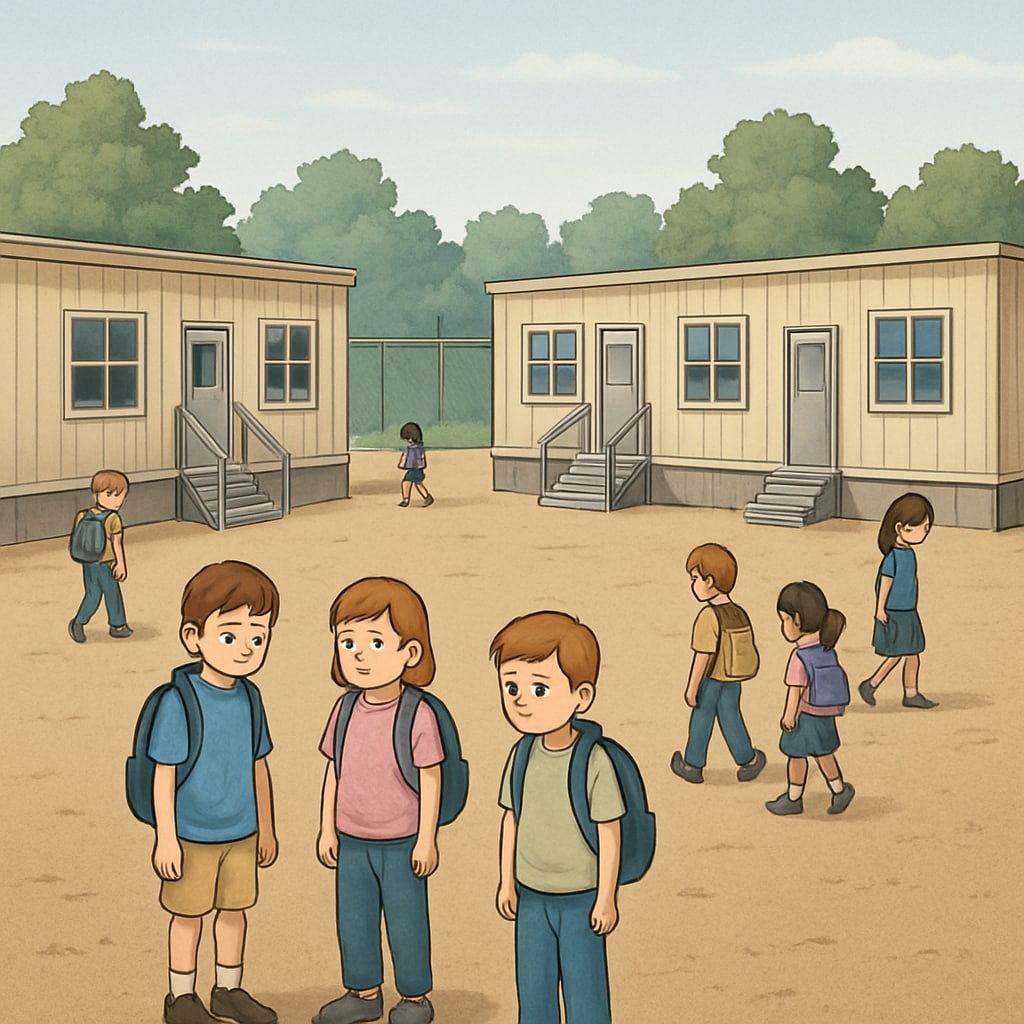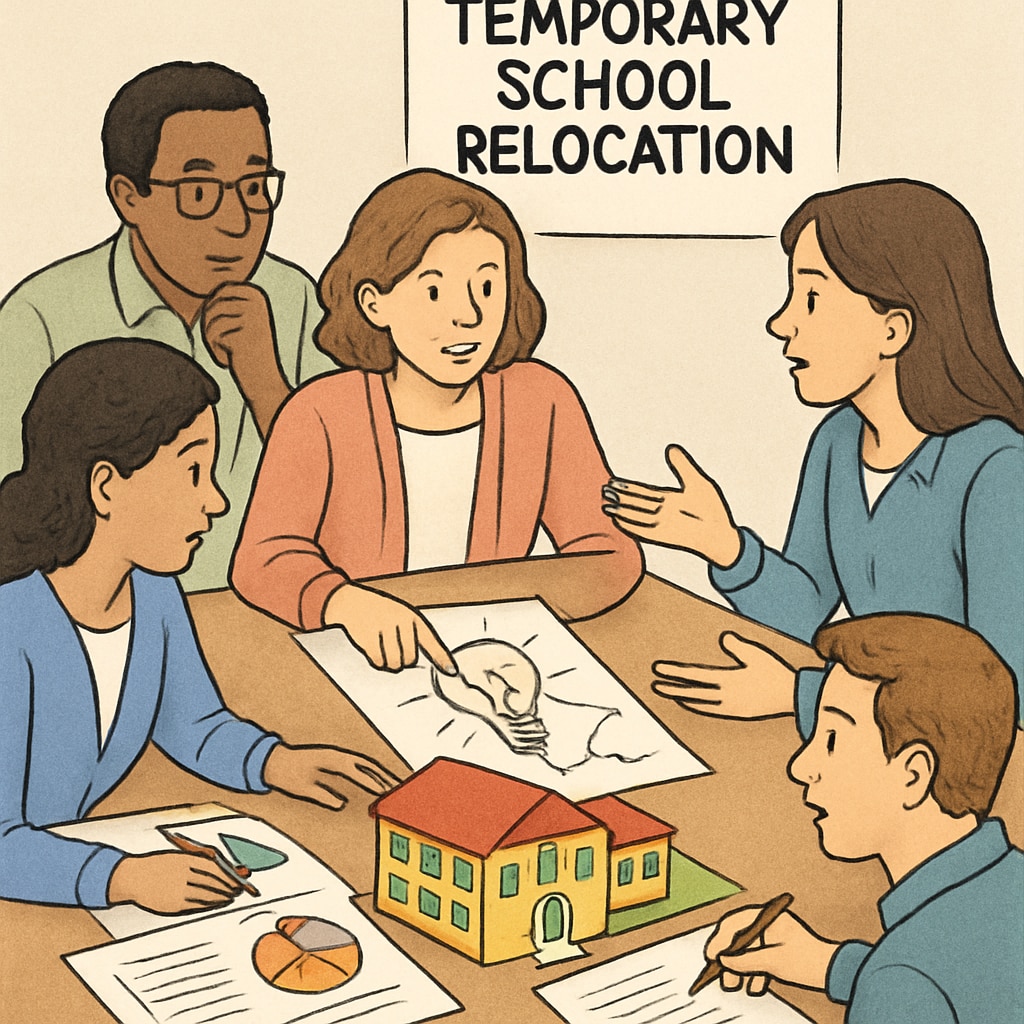Temporary school relocation often comes with significant changes, particularly when elementary schools are moved to high school campuses. This shift affects more than the availability of playground facilities; it can disrupt children’s holistic campus experience. The lack of age-appropriate infrastructure may challenge their emotional and physical development. In this article, we explore the potential impacts of such relocations and suggest ways to safeguard children’s educational rights through collaborative efforts involving schools and parents.
How Relocation Alters the Elementary School Experience
Relocating elementary schools to temporary high school campuses often leads to a mismatch between the environment and young students’ needs. For example, high school campuses are typically designed for older students and may lack playgrounds, colorful classroom designs, and interactive spaces that are essential for young learners. This absence can negatively impact their emotional well-being and social interactions, as these spaces are crucial for fostering creativity and collaboration.
Furthermore, high school environments might feel intimidating to younger children due to differences in size, layout, and atmosphere. Younger students might struggle to adapt to spaces that feel sterile or overly mature, leading to anxiety and reduced engagement in learning.
- Limited access to playgrounds deprives children of physical activity.
- Age-inappropriate facilities hinder creativity and exploration.
- High school design may create discomfort or intimidation for young learners.

The Role of Parental Involvement in Mitigating Relocation Impacts
Parental involvement can play a critical role in reducing the negative effects of school relocations. Parents can collaborate with schools to advocate for temporary adjustments that better suit elementary students, such as creating makeshift playgrounds or designating child-friendly zones within the campus.
In addition to infrastructure changes, communication between parents and teachers can ensure children feel supported during this transition. Parents can also organize activities outside of school hours to provide opportunities for socialization and physical exercise, compensating for the lack of facilities on campus.
- Engage with school administration to address infrastructure gaps.
- Organize extracurricular activities to support social and physical development.
- Maintain open communication with teachers to monitor children’s adaptation.

Protecting Children’s Educational Rights in Non-Ideal Environments
Although temporary relocations are often unavoidable, schools have a responsibility to ensure children’s educational experience remains uncompromised. This can include adapting facilities to meet young students’ needs and providing emotional support during the transition.
Schools can also leverage community resources to create a more child-friendly environment, such as partnering with local organizations to provide outdoor activity areas or interactive learning tools. By prioritizing children’s developmental needs, schools can minimize the long-term impact of temporary relocations.
While relocations are temporary, their consequences can be lasting without proactive measures. Schools and parents must work together to provide solutions that ensure children continue to thrive academically, emotionally, and socially.
Readability guidance: Use short paragraphs and lists to summarize key points. Ensure each section flows logically from the previous one, incorporating transition words like “however,” “therefore,” and “for example” to improve readability.


